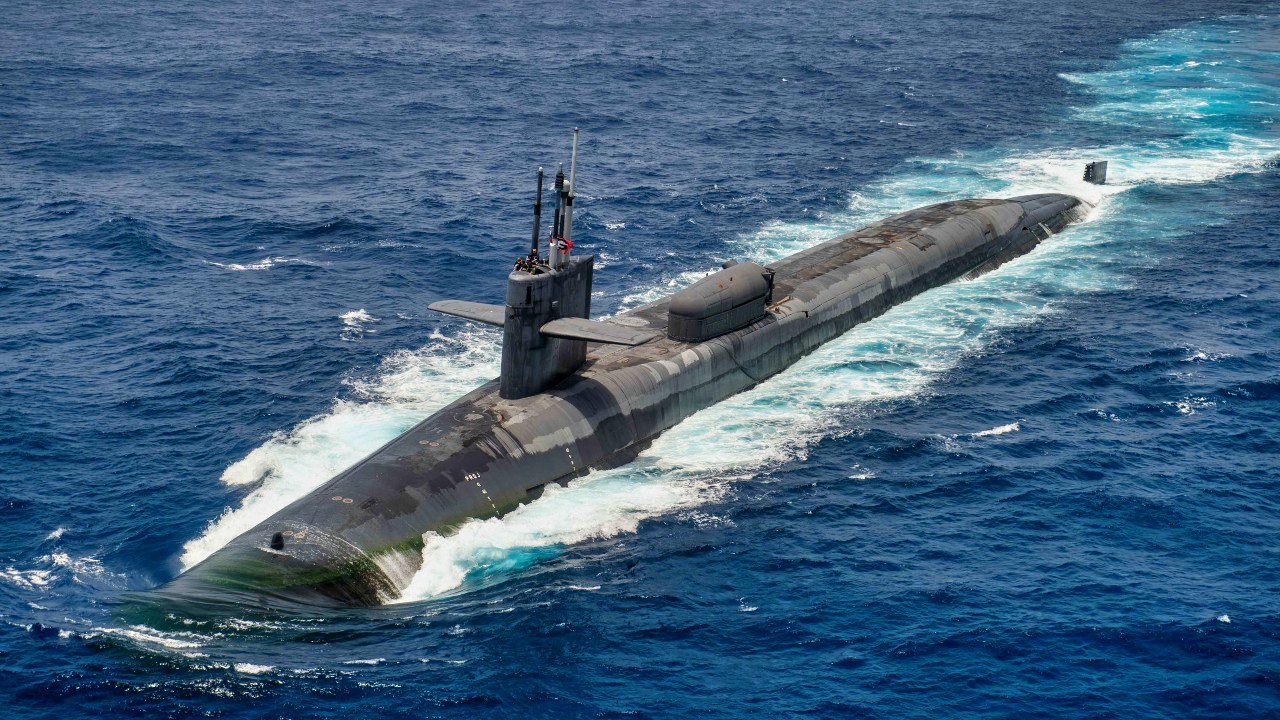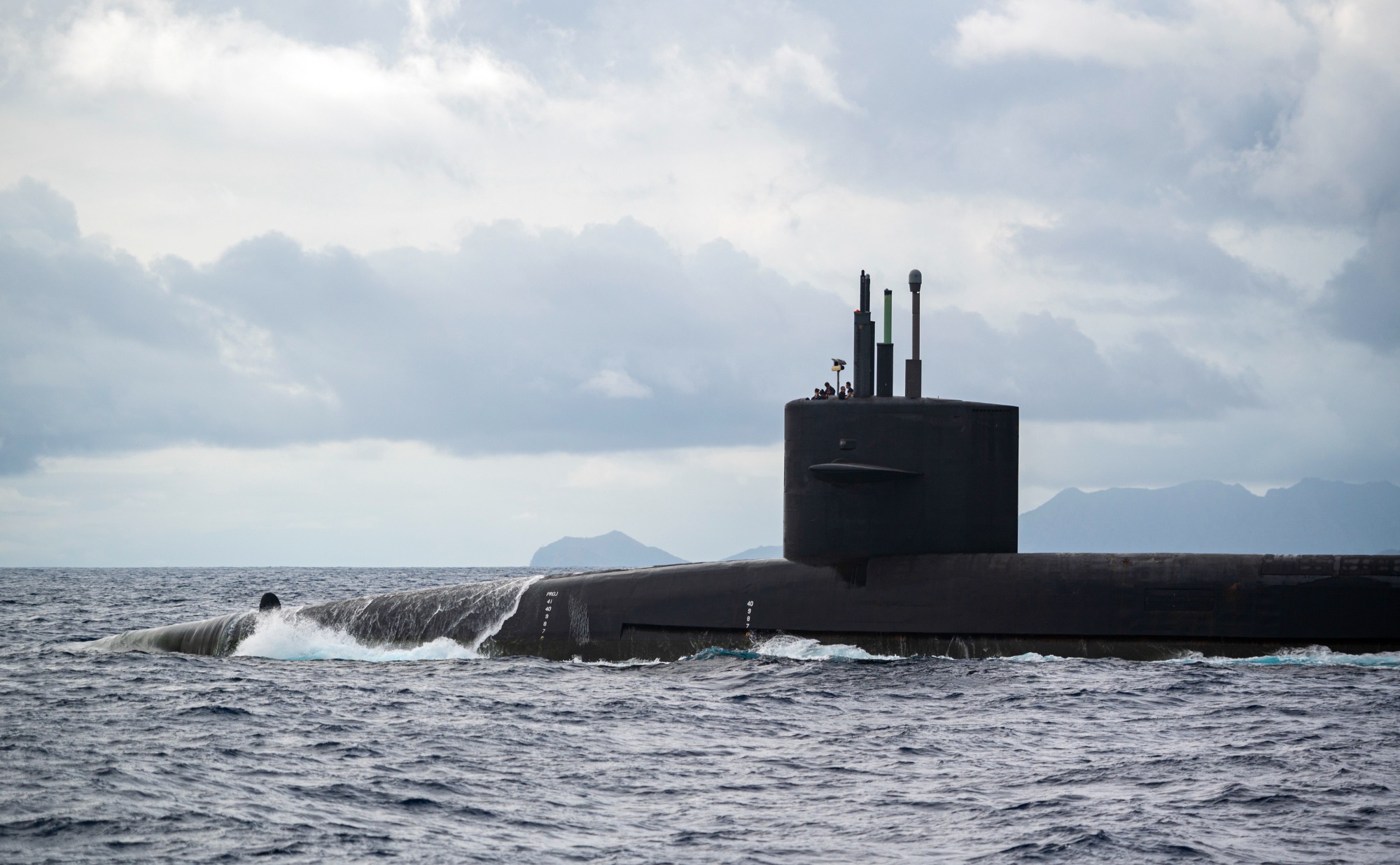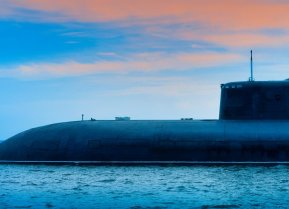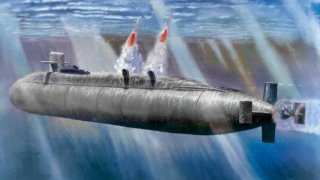The U.S. Navy's Great Ohio-Class Submarine Mistake
The U.S. Navy plans to retire the first two Ohio-Class SSGNs in 2026, and the last two in 2028. While new Block V Virginia-class fast attack subs can be equipped with four vertical launch tubes capable of holding 28 TLAMs, the Navy needs many of these submarines to make up for the lost firepower of the retiring SSGNs.
Summary: The Ohio-class submarines, initially built during the Cold War, played a critical role in America's nuclear deterrence strategy as part of the nuclear triad.
-Post-Cold War adjustments led to the conversion of four of these submarines into guided missile submarines (SSGNs), enhancing their tactical versatility. These SSGNs can carry 154 Tomahawk missiles and support special operations forces, functioning as underwater joint command centers with advanced communication systems.
-However, with the planned retirement of these SSGNs by 2028 and the slow production rates of the newer Virginia-class Block V submarines, the U.S. Navy faces a gap in capabilities.
U.S. Navy Faces Strategic Gap with Planned Retirement of Ohio-Class SSGNs
The U.S. military hammered out its strategic nuclear deterrence doctrine by the 1970s. Deterrence would be accomplished by the nuclear triad, which would meld the forces of land-based intercontinental ballistic missiles with the U.S. Air Force’s strategic bombers and the Navy’s ballistic missile submarines. While the Navy was already fielding submarine-launched ballistic missiles aboard its Lafayette-class boats, the survivability of this leg of the triad was given great weight, so a new submarine was developed: the Ohio class.
The first Ohios were built starting in the early 1980s. They were conceived around the idea of extended patrols – the subs would loiter in undisclosed locations, prepared to launch a retaliatory nuclear strike. These large, quiet submarines were virtually undetectable.
An Overview of the SSGN Designation for the Ohio-Class Submarines
The fall of the Soviet Union and the end of the Cold War prompted the U.S. government to undertake a Nuclear Posture Review in 1994. One of its major determinations was that only 14 ballistic missile submarines, or SSBNs, were needed. The Navy already had 18 SSBNs in operation or under construction, so the four oldest boats were converted into guided missile boats.
In this configuration, the subs, known as SSGNs, can carry 154 Tomahawk land attack missiles (TLAMs) as well as torpedo-launched Harpoon anti-ship missiles – as many as an entire surface battle group. The SSGNs also have much greater flexibility than their ballistic-missile brethren. The vertical launch system (VLS) tubes for the TLAMs can carry supplies, extending the on-station time of the sub as well as providing support for up to 66 members of special forces teams.
These teams can also make use of the two VLS tubes that have been converted into swimmer lockout trunks. For even greater flexibility, the SSGNs can mount the Dry Combat Submersible, a mini-sub used by special forces for ingress and egress. In order to coordinate the actions of these special forces, the SSGNs house improved communications equipment, which allows them to function as Small Combatant Joint Command Centers.
Retiring These SSGNs With No Replacement?
The Navy plans to retire the first two SSGNs in 2026, and the last two in 2028. While new Block V Virginia-class fast attack subs can be equipped with four vertical launch tubes capable of holding 28 TLAMs, the Navy needs many of these submarines to make up for the lost firepower of the retiring SSGNs.
Further complicating the picture is the prioritization of Columbia-class SSBNs, which are of the highest strategic importance. Current production timelines mean the Navy would not have the necessary numbers of Virginia-class Block V boats until the 2040s.

While the Block V Virginia ships would make up for lost firepower, they cannot replicate the flexibility of the SSGNs. For this reason, and given how long it will take to replace them, the Navy should maintain some, if not all, of its current fleet of SSGNs.
As the world grows more dangerous and tensions rise, the multi-mission set of these Ohio-class boats, their ability to launch a large ground attack – as they did against targets in Libya in 2011 – and their support of surface vessels makes them an invaluable asset that the Navy should be loath to dismantle.

About the Author: Maya Carlin
Maya Carlin, National Security Writer with The National Interest, is an analyst with the Center for Security Policy and a former Anna Sobol Levy Fellow at IDC Herzliya in Israel. She has by-lines in many publications, including The National Interest, Jerusalem Post, and Times of Israel. You can follow her on Twitter: @MayaCarlin.


